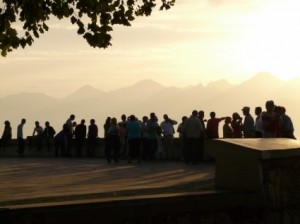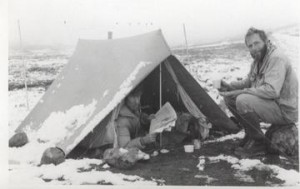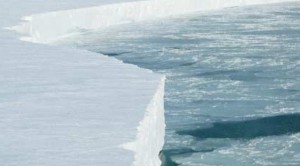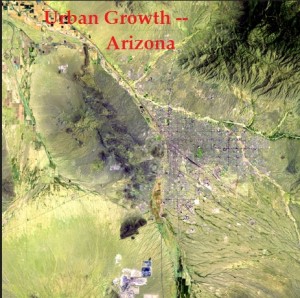Greenhouse Gases Catch 22, Obama Administration Confronts HFCs
 Next Step Obama Administration Effort To Reduce Greenhouse Gases Catch 22 Problems
Next Step Obama Administration Effort To Reduce Greenhouse Gases Catch 22 Problems
Greenhouse gases Catch 22, what are the issues? The battle to reduce climate change has caused many complications in the way Americans and the world perceive the costs of owning and operating air conditioning and refrigerant equipment. And when the efforts to reduce greenhouse gases result in fixes that need fixing, some might question the need for any kind of fix.
I’m not taking sides in the arguments for or against global warming. That’s a different subject. But I do want to point out a simple Catch 22 that climate change experts and the White House rule makers should keep in mind when evoking new laws that force major expenses on homeowners, business owners and the heating and cooling industry as a whole. Replacing a home air conditioning system can be expensive. And no one wants to to hear about HFCs problems three years after the installation..
Obama Administration and the EPA Battleground
On September 16, 2014 the Environmental Protection Agency (EPA) moved into the next phase of the Obama Administrations commitment toward curbing greenhouse gases. Tagged as a “fresh” approach in the ongoing battle to reduce hydroflourocarbons (HFCs), the White House has set focus on a handful of global industries. The goal is twofold:
- Educate the private sector concerning the risk of HFCs associated usage in modern refrigerators and air conditioners
- Develop and deploy alternative technologies for heating and cooling resources.
Typically defined as stronger than CO2 by as much as 10,000 times, HFCs greenhouse gases are considered a major contributor to worldwide climate change. The products come about in a sort of control greenhouse gases Catch 22 arrangement wherein HFCs chemicals were introduced as a replacement for refrigerant and air-conditioning freon back in the 1990s.
The Catch: Although HFCs products cause no harm to the Earth’s ozone layer they are yet major contributors to climate change. So it’s a solution wherein we fix one thing with something that also ends up needing a fix. But what drives the efforts?
According to the 2013 Climate Analytics reports, not curbing greenhouse gases associated with HFC emission will result in a related climate change problem tripled in size by 2030 (1). On the other hand, corrective reduction in HFC gases bears the hope of decreasing global temperature by ½ degree before 2050. Seems a long wait and lots of work for ½ degree. One can only hope that this fix does not result in yet another threat from a different angle.
In seeking to illustrate the expected result-to-action goals, the Obama Administration confronts HFCs by providing industry and public with the following examples:
- A reduction in HFC related greenhouse gases such as R-134a as used in refrigerant and air conditioning equipment could produce a 1.5% decrease from greenhouse gases as measured in 2010.
- Increased management and leak control in supermarkets could eliminate 27-million metric tons of carbon dioxide. This is a per year reduction that can reduce processing costs as well as climate-changing gas emissions.
Greenhouse Gases Catch 22
As defined by Merriam-Webster, the term “Catch 22” pertains to a difficult situation wherein there can be uncovered no simple, easy or possible solution. It’s a “problematic situation for which the only solution is denied by a circumstance inherent in the problem. (2)” Furthermore, any efforts to resolve the problem tend to result in an opposite effect of what is intended.
While I don’t deny the need to address global warming, climate change, and the need for curbing greenhouse gases, I wonder if we are once again getting ready to take on another climate change Catch 22? As in past efforts to management climate control, the answer to that question may be a while in coming. Right now, the EPA plans to publish a new list of approved fluorinated and non-fluorinated chemicals to be used in heating, cooling, refrigerant and other related HFCs dependent industries. So once again the nation will invest in workshops, equipment and upgrades to help the industry move away from HFCs.
Is it just another greenhouse gases Catch 22? Thoughts, views and opinions are welcome.
1) Climate Analytics, All Publications, 09/17/2014
2) Merriam-Webster, Catch 22, noun, often in caps




